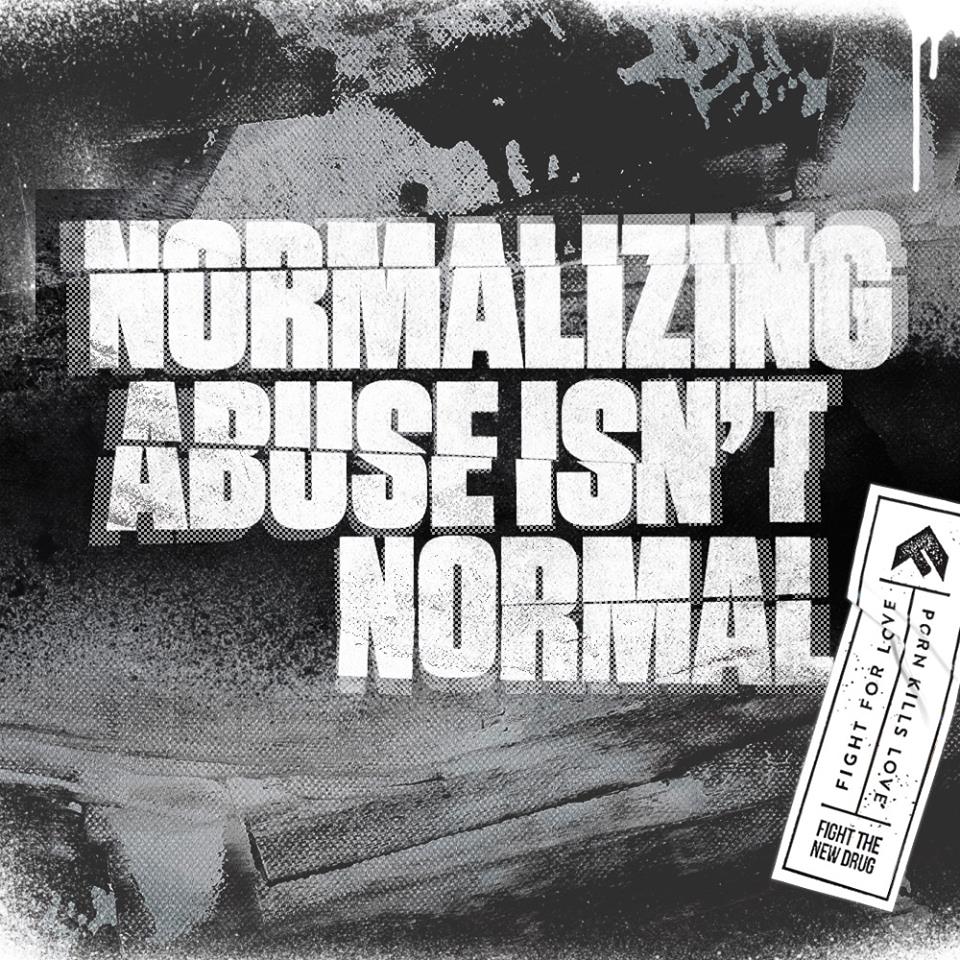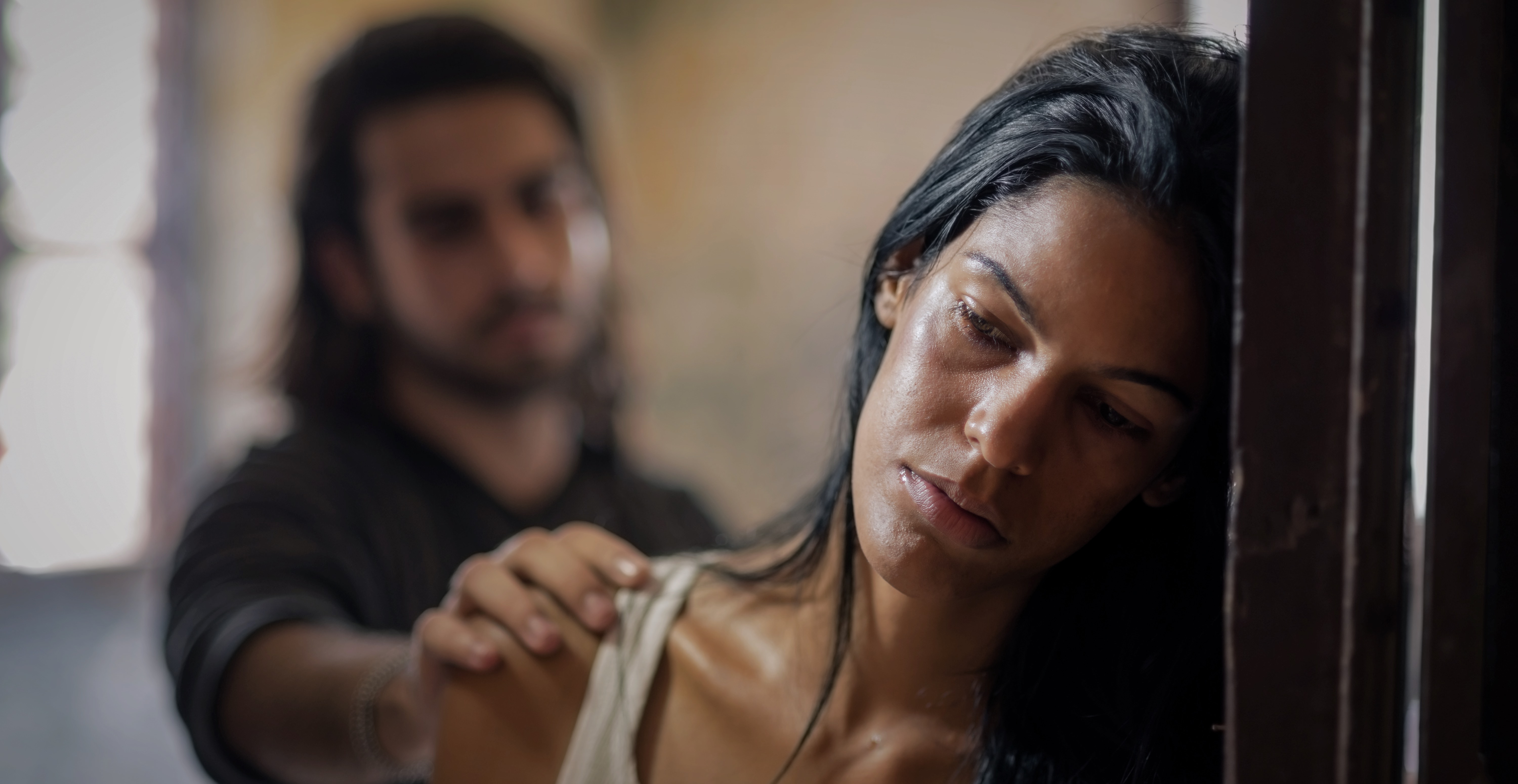Trigger warning:
We’ve all probably heard this argument before: Watching porn by yourself, in the privacy of your home, is harmless. It’s just personal entertainment. We’ve also probably had a friend or two who loved the Fifty Shades series and maybe even think Ana and Christian are #couplegoals.
But are either of those true, really?
“Whore Raped And Humiliated,” “Choke and F*** Her,” and “Brutal A** Raping” are just a few of the average titles anyone, of any age, can find on major porn sites with a simple Google search. Or consider the multiple scenarios of “Fifty Shades” that sound eerily similar to #MeToo stories.
As a recap, or for those who aren’t familiar, the “Fifty Shades” story centers around a controlling and sadistic millionaire CEO with a tormented past who seduces a sweet, inexperienced college girl into his selfish world of painful bondage sex. E. L. James, the author, wrote the Fifty Shades trilogy very loosely based on bondage and discipline (B&D), dominance and submission (D&S), and sadism & masochism (S&M) practices, or BDSM for short. But not even those within the BDSM community accept Christian’s behavior as being okay or representative of what happens during “scenes,” or encounters between BDSMers. Instead of a sexual interest, they too call it abuse.
And yet we’re meant to believe that these violent depictions or romanticized abuse situations do nothing to normalize abuse in our society?
We know the series is a few years old at this point, but the hype around it just won’t quit. So we’re here to set the record straight.
More Than Just Personal Entertainment
The undeniable reality is that research shows how violent porn regardless of privacy involved harms the consumer, their relationships, and our society. Not only do studies show that hardcore pornography can rewire the brain and hurt relationships, but it also encourages the toxic idea that sexual abuse is pleasurable, or worse, that it is sexy. Same with “Fifty Shades”—are we to believe that this over $1 billion dollar franchise hasn’t convinced women (and some men) everywhere that aggression and abusive behaviors are sexy?
As human beings, we inherently learn our behaviors from our society and viewing different types of media. When someone chooses to watch videos that simulate sexual acts in unrealistic and often hurtful ways, it is simultaneously rewiring their brain and releasing dopamine which, in the future, develops a craving for more of this “reward,” and changing their perception of what is considered normal sexual behaviors. (Read more about how porn affects the brain like a drug.)
The problem is that sometimes, a consumer’ change in perception is accompanied by a change in behavior, and what was once a private practice can become a compulsive action for instant arousal.
Related: Porn Inspired Me To Think Abuse Can Be Sexy, But Now I Know How Much It Isn’t
Abuse Conveyed as Sexual Fantasy
The big problem with mainstream porn, as well as “Fifty Shades,” is that they offer a false or completely unrealistic interpretation of what should be considered healthy and safe sexual behaviors. All-too-common examples of this are unprotected sex, hitting or choking, and spontaneous anal sex. As more and more time has passed, and the industry pushes into more extreme and shocking territory, these interpretations have become radically more violent, abusive, and dangerous as a way to satisfy viewers who have grown bored by “softer” versions of pornography.
What kinds of things have been added to this shady and toxic industry?
Related: An Author’s Disturbing Experiences Interviewing Porn Producers At The Adult Entertainment Expo
We don’t need to guess. These pornography producers have come out to openly state their motives for creating on-screen scenarios that simulate abuse and, at times, rape. Here’s an example from one porn producer named Bill Marigold:
“I’d like to show what I believe the men want to see: violence against women. I firmly believe that we serve a purpose by showing that. The most violent we can get is the **** in the face. Men get off behind that, because they get even with the women they can’t have. We try to inundate the world with **** in the face.”
This is a real quote from a real porn producer. To put it plainly, producers like Bill believe this is what their audience wants, and with these videos getting more and more hits on the daily, they’re not wrong. It all gets down to a game of supply and demand.
But what happens when watching “harmless” videos turns into more than just violent fantasies? What happens when this explicit content fuels compulsive crimes?
Abuse In Action
Over the years, research and personal accounts have shown undeniable links between viewing pornography and acts of sexual violence and abuse.
Stories that begin with pornography and lead to sexual violence are all too familiar. For one instance, earlier this year, 24-year-old James Morton was sentenced to 12 years in prison for choking and subsequently killing his friend’s 16-year-old girlfriend in a crime that was brought on by curiosity after he had seen choking done “on a film” in a porno. Similar cases of porn-inspired assault have occurred time and time again, making the link between pornography and sexual violence more apparent than ever before.
Related: Why You Can’t Consistently Fight Sexual Abuse Without Fighting Porn
It is not just difficult to talk about pornography without talking about sexual abuse—it is impossible.
Porn Fuels Rape Culture
As if inspiring sexual violence is not enough, pornography has also been linked to a dramatic shift in the rape-culture narrative in our culture. This shift, fueled by a massive societal acceptance of pornography, normalizes (largely) male sexual violence and blames the victims of sexual assault.
This takes the form of many ridiculous remarks, including, “When she says ‘no’, she’s really saying ‘try harder,’” and the false belief that a woman wearing provocative clothing was “asking for it.” When you’re part of a culture that normalizes the objectification of women, lines become blurred about what is socially acceptable and what is so not. Those who are abused go from being the victim to being the provoker, and the perpetrator goes from being in the wrong to an innocent product of their culture.
Related: Porn Inspired Me To Think Abuse Can Be Sexy, But Now I Know How Much It Isn’t
Why This Matters
In 2012, 14-year-old Daisy snuck out of her house in the middle of the night to meet three older boys from her school. The next morning she was found in the front of her house where she was left nearly for dead after had been raped. As if the physical and emotional damage wasn’t enough, the fallout afterward was nearly unbearable. Daisy was outwardly blamed for the attack, being called the “s-word” by her peers, and eventually lead to her mother losing her job. To make matters worse, her attackers’ charges were dropped due to a “lack of evidence.”
When our culture clings to the abusive productions of violent fantasies found both in porn, and now in “Fifty Shades,” we start to develop new ideas about what is a socially acceptable way to treat others, like viewing women as sexual objects and thinking of men as abusers. Pornography causes not only the brain to be essentially rewired, but it also teaches our society to be accepting of the abuse and degradation that is shown as fantasy so often in this media.
What is worse are these books/films/online videos sell the that dangerous, abusive behavior is not only normal, it’s a sexual fantasy.
But consider this: what if normalizing abuse isn’t actually normal?





